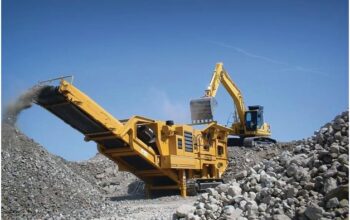Bevel siding is an exterior wall cladding that goes by the terms clapboard, lap siding, and weatherboard. Bevel siding is an exterior wood siding. The wooden siding often has a thicker end than the other and is installed with a horizontal overlapping on the exterior of the house’s framing. Many people choose western red cedar bevel siding over other forms of solid wood siding because of its beauty, beveled cedar siding cost, and durability.
Cedar planks are often used as beveled siding, and here are a few of the explanations for why:
- Cedar planks are functional and attractive in a variety of contexts. Having a natural tan brown hue, a crisp grain pattern, and a few knots are further hallmarks of this wood.
- Cedar wood is long-lasting and resistant to deterioration and moisture. Since these boards will be exposed outdoors, they are an excellent option for use in such settings.
- Cedar wood naturally resists insects, mold, mildew, algae, and rot because of its inherent oils and preservatives.
- It also takes stains and paints quite well, so householders may customize the color and finish of their siding as they see fit.
- Bevel siding’s horizontal overlapping creates a beautiful shadow line that varies in width based on the depth of the siding.
- Because cedar timber may be used either rough or smooth, it offers versatility in design.
- The decreasing thickness of the planks creates a bevel that enables water to flow away from the walls and away from the seams.
Instructions for self-installation:
Attach a polyethylene sheet or another moisture shield to the outside of the studs in a wood wall. Cover the seams with tape that blends in.
Trim all the wall edges with the appropriate molding. Check the plumb and level of each piece of trim by using a group. Use a hammer and galvanized nails to secure the border. It has to touch the ground all the way down to the ceiling.
Get the thickness of the beveled corner trim and use it to measure a beginning strip of cedar. With a measuring instrument and a level, align it with the baseboard.
Beveled boards should be positioned against the trim, beginning at the corners. Check that the board’s base is flush with the bottom of the starting strip. To secure the board, utilize long galvanized circle shank nails. The nails need to go all the way through the paneling and sheathing before they can reach the studs.
How to Choose Cedar Siding?
It is essential to determine the view of the siding while purchasing cedar siding and evaluate the desired style. Suppose all of the siding pieces and the siding surface which will be seen are overlapping. Other considerations for cedar siding depend on regional building regulations. When considering a siding installation, ensure it follows all local rules.
To complement your choice of cedar siding, you’ll also need to choose its width and length, which may vary from 8 to 16 feet.
Buying a little more than you need to avoid falling short due to allowed damage is a wise practice when placing an order.
When you lack the necessary skills, you should seek the help of an expert to install cedar. Spending more money upfront to ensure a high-quality, long-lasting installation can save you money in the long term.







